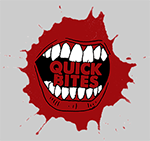Q&A for The Frightful Ride of Michael McMichael
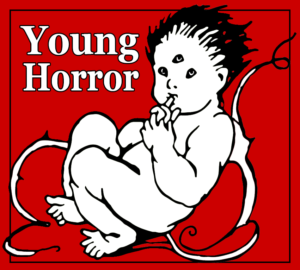 It’s Friday the 13th–the perfect day to reach down into the grave dirt and resurrect the Young Horror (formerly YA Horror) blog and to talk about NEW BOOKS.
It’s Friday the 13th–the perfect day to reach down into the grave dirt and resurrect the Young Horror (formerly YA Horror) blog and to talk about NEW BOOKS.
Hop aboard the Thirteen bus and drive through the brand new spooky picture book The Frightful Ride of Michael McMichael (Candlewick 2018). Author Bonny Becker and Illustrator Mark Fearing give all the gory details to HWA YH blogger Shanna Heath below.
Whether you write horror for young people, or want to share more horror stories with the kids in your life, check in every Monday for Young Horror Writing Prompts and every …

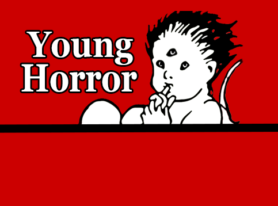
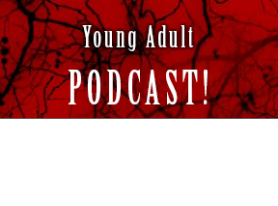
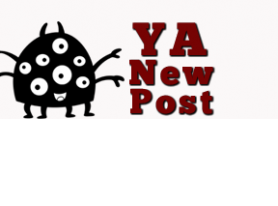
 While I love supernatural horror, realistic horror stories—murders, kidnappings, unexplainable medical phenomena—are the ones that really keep me up at night. There’s something extra terrifying about a fictional story that can, and does, happen to people in real life, so it’s no surprise that authors draw inspiration for their horror (or suspense or thriller) novels from news stories. With a 24-hour news cycle and the Internet vortex, you won’t need to look too far for an idea to rip from the headlines.
While I love supernatural horror, realistic horror stories—murders, kidnappings, unexplainable medical phenomena—are the ones that really keep me up at night. There’s something extra terrifying about a fictional story that can, and does, happen to people in real life, so it’s no surprise that authors draw inspiration for their horror (or suspense or thriller) novels from news stories. With a 24-hour news cycle and the Internet vortex, you won’t need to look too far for an idea to rip from the headlines.
 Ever wonder why some books get the horror classification, while others—sometimes with similar plotlines and the exact same monsters—get labeled paranormal romance? The difference is easy—the former has the primary goal of scary, and the latter focuses on a romantic relationship (to the degree that the plots rely on it to function). The real question, then, concerns the tipping point between the two genres, the point at which your young adult novel is less terror and more
Ever wonder why some books get the horror classification, while others—sometimes with similar plotlines and the exact same monsters—get labeled paranormal romance? The difference is easy—the former has the primary goal of scary, and the latter focuses on a romantic relationship (to the degree that the plots rely on it to function). The real question, then, concerns the tipping point between the two genres, the point at which your young adult novel is less terror and more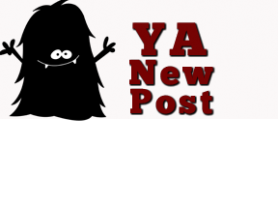
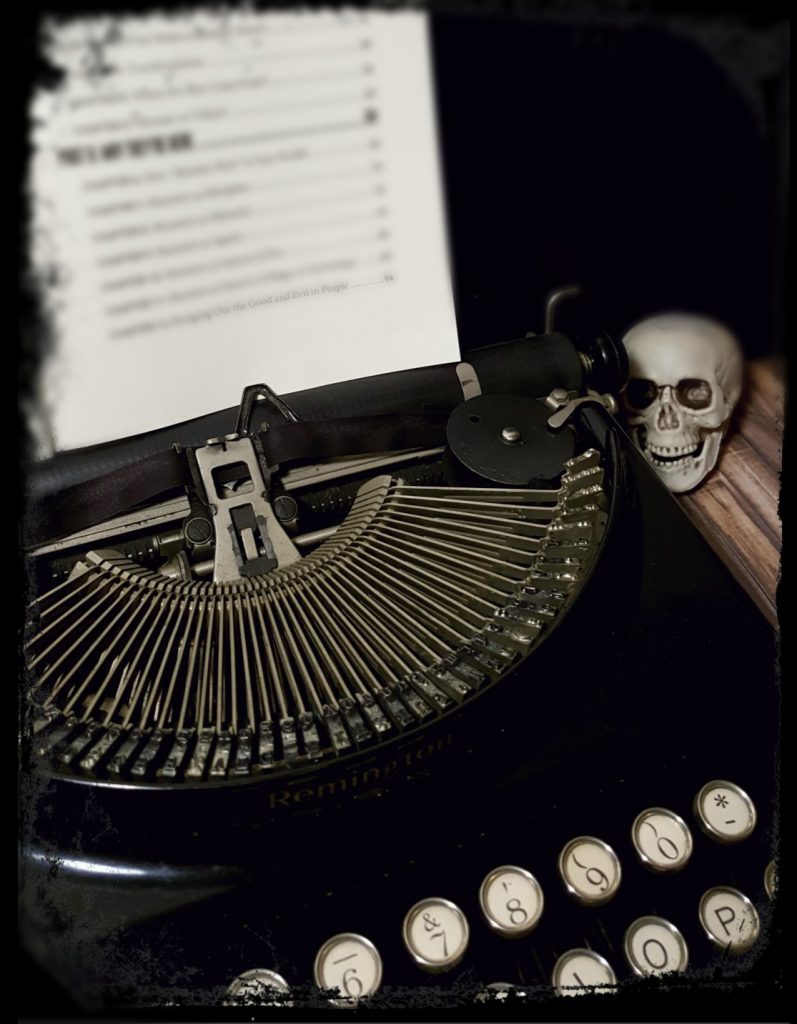 Just like any relationship, the special bond between a horror protagonist and her antagonist benefits from a little bit of mystery. In this case, the hero is a proxy for your readers, and the mystery comes from your story’s scariest villain, be it a human serial killer or a demonic creature or the mad scientist who, when left unattended for a few minutes, will inevitably create a horrific zombie plague.
Just like any relationship, the special bond between a horror protagonist and her antagonist benefits from a little bit of mystery. In this case, the hero is a proxy for your readers, and the mystery comes from your story’s scariest villain, be it a human serial killer or a demonic creature or the mad scientist who, when left unattended for a few minutes, will inevitably create a horrific zombie plague.
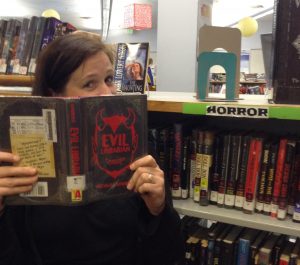 One of the things I love about working in a middle school library is that kids have the ability to read independently, but they still love being read aloud to. Once a week, I have a group of fifth graders for library class, and I love the experience of …
One of the things I love about working in a middle school library is that kids have the ability to read independently, but they still love being read aloud to. Once a week, I have a group of fifth graders for library class, and I love the experience of … There’s much handwringing in publishing for children about what is “right” or “appropriate.” There are many controversial subjects and editorial choices, but today we’re talking about endings. Do endings in books for children need to be happy? Or should writers of children’s books portray a realistic version of the world where things don’t always end well?
There’s much handwringing in publishing for children about what is “right” or “appropriate.” There are many controversial subjects and editorial choices, but today we’re talking about endings. Do endings in books for children need to be happy? Or should writers of children’s books portray a realistic version of the world where things don’t always end well? Last month’s
Last month’s  With the popularity of dark comedies, it should be no surprise that horror and humor can be a compelling mix. However, when it comes to young adult books, few succeed at the balance that keeps a funny horror book from losing its edge or appearing to try too hard. Here are a few humorous elements used in YA horror to enhance the story, characters, or setting without sacrificing their horror-ness.
With the popularity of dark comedies, it should be no surprise that horror and humor can be a compelling mix. However, when it comes to young adult books, few succeed at the balance that keeps a funny horror book from losing its edge or appearing to try too hard. Here are a few humorous elements used in YA horror to enhance the story, characters, or setting without sacrificing their horror-ness.  Whether it’s the beeping of an alarm clock marking a night over too soon, a school buzzer announcing the start of a test period, or the chime of a grandfather clock in an old house declaring the start of the witching hour, there are lots of ways that time can provoke dread. So, when writers look no further than flashbacks and verb tenses, they miss out on timely tension opportunities.
Whether it’s the beeping of an alarm clock marking a night over too soon, a school buzzer announcing the start of a test period, or the chime of a grandfather clock in an old house declaring the start of the witching hour, there are lots of ways that time can provoke dread. So, when writers look no further than flashbacks and verb tenses, they miss out on timely tension opportunities.
